Posted in Uncategorized

What to Do When You Get One, and How to Avoid Receiving One in the First Place
If you’ve never been on the receiving end of one, consider yourself lucky. If you have, you know how crippling one can seem upon delivery: the dreaded cease and desist letter.
Inventors, entrepreneurs, small business owners, engineers and designers…many are at risk of being accused of infringement on intellectual property rights, be they patents, trademarks or other IP assets. Whether the accusing party’s claim has merit or not, there is considerable potential onus on the recipient of such a letter to state one’s case and defend one’s standing. While this may be the natural course of operations for large enterprises, like automakers and large suppliers—with the attendant and anticipated legal expenditures “baked in” to the cost of doing business—for a small business, such a matter can be crippling at worst…and highly disruptive at best.
How the recipient responds—and when—is critical to mitigating the costs of time, money and heartache that may arise from such a dispute. And, of course, it’s far better to protect yourself from the likelihood of receiving such a letter in the first place!
First Things First
The timing of the ominously worded letter you might receive will not be a coincidence, should it arrive after 5:00 on a Friday, which underscores the fact that every moment counts in a situation like this. You’ll not want to lose a day, certainly not a weekend, as your reply to such a notice will likely be time-bound (30 days is typical).
The first, and most important, step you can take when you receive the cease and desist letter is to contact your legal representation. Reach out to your IP counsel if you have it, or general counsel in the event you don’t, but do so as soon as possible…and certainly before replying in any way! (If necessary, your general counsel will bring in IP representation as appropriate and warranted.)
Your attorney will help you understand what the letter truly says, and what the implicit recourse the party might be seeking or amenable to. In most cases, this simple deconstruction of the legalese in the letter will help you at least feel more informed, if not at ease, with what the letter is contending and asking of you.
What does the letter truly say? What is the contention being asserted? Is it a trademark infringement, or patent infringement, or some other claim? What is the other party asking—or demanding—you take as action? Maybe things aren’t quite as ominous as they first seem to the layperson. Above all, seek an attorney’s guidance on your communications with the other party. Some claimants may be cordial, others may be cutthroat. It’s best to understand who you’re dealing with, and how best to correspond.
Gather anything and everything you have on file relevant to the matter at hand. Your attorney will want to review everything you can find relative to the infringement being claimed. This may include your design and engineering schematics, your original filing with the United States Patent and Trademark Office, and any trademarks or patents you may have been granted on your product or service.
Document all that occurs related to the matter. Make clear documentation of any interactions that occur between you and the party issuing the cease and desist, including your receipt of the original notice and any communications along the way. But again, I urge caution when communicating with the other party, as it’s important to understand the claimant’s tone and desired outcomes before you make any contact with them, either directly or through counsel.
Step Two: Let the Attorneys Do Their Thing
Once you’ve met with legal counsel and have offloaded all relevant documentation and paperwork, it’s usually best to let the experts apply their expertise. There are all sorts of “tricks of the trade” that IP attorneys have at their ready that laypersons or even some general counsel will not be in the practice of pursuing.
A reasonable first place to start is to examine both yours and the claimant’s patents and trademarks to make sure they are all still in good standing. Sometimes the mere omission of a payment can cause a patent to lapse, which could render the whole argument moot for one side or the other.
If the patent or trademark is valid and in effect, your attorney will next examine the file history of the claimant’s patent or trademark, which documents all communications between the United States Patent and Trademark Office and the party seeking the cease and desist to see what both the claimant and the Patent Office said in correspondence during the examination period. I’ve seen cases in which such correspondence revealed that, previously, there had been issued a prior patent that invalidated the claimant’s very argument of infringement, in which case, the party being accused of infringement can file a third-party action to invalidate the patent of the sender of the cease and desist!
The Leahy-Smith America Invents Act (AIA) that was signed into law in 2011 represents the most significant legislative change to the U.S. patent system since the Patent Act of 1952. Among many other things, this law made it easier for parties to issue counterclaims such as that referenced above. In essence, the courts used to assume that a patent in a dispute was valid, and that it was incumbent upon a challenger to that patent to prove otherwise. Essentially, that armor is not as strong as it used to be, which opens up new opportunities for inventors and small businesses to defend against infringement claims. Having an attorney who knows the ins and outs of that legislation is an important feather in one’s quill.
A Third Option: Playing Ball?
Of course, not every legal matter needs to be a contentious dispute. In fact, disputes—especially those that wind up in court—are costly. They are disruptive to normal business operations, they consume financial resources and time better spent on operating the business, and they monopolize mindshare and cause emotional distress. If possible, lawsuits are better to be avoided.
In fact, there’s a possibility that a lawsuit is not what your cease-and-desist correspondent is intending at all. The sender of the letter may fully recognize that, should defendants choose to pursue a resolution in court (and given the changes inherent in AIA, they certainly have better standing to do so), such course of action will be equally costly and disruptive to its own business interests. A court may even issue an injunction or temporary restraining order to one or both parties, creating even further business disruption. That letter sender likely wants to avoid that scenario as well.
Both parties will be examining their own pain tolerance. Sure, you could win…but when? And at what cost? You may need to consider your broader standing here. Is this other party your business “archenemy,” and is winning this dispute outright critical to the viability of your business long-term? Or are there trade-offs you should consider, to minimize short-term pain and pursue the path of least resistance to a better outcome you weren’t previously considering? An attorney will help you conduct that cost-benefit analysis, and will likely present scenarios you weren’t even aware of.
One such outcome might be a licensing agreement, which both parties may be amenable to. In fact, it might be a case in which both parties come out ahead. One gets to resume business as usual with little pain and discomfort, while the other opens a revenue stream with little or no investment or hard startup costs. Attorneys and their reasonable clients just might be open to such truly win-win scenarios.
Avoiding the Cease and Desist in the First Place
Of course, the best legal action is the one you can avoid. Few people enjoy getting an attorney involved in their business operations, so if infringement claims can be avoided outright, they should be.
If you have any questions relative to your company’s intellectual property opportunities or exposures, or if you have recently received “the dreaded cease and desist letter,” I am open to a no-cost, no-obligation conversation to discuss your options.
Disclaimer & Notice: The content of this article does not constitute legal advice. The information presented herein is for informational use only. Not responsible for the actions or failures of third parties. Not responsible for any action or inaction based on the content of this article. The content of this article is solely the opinion of the author(s) and may not necessarily be those of Remenick PLLC, its clients or members. Reading this article does not constitute the establishment of an attorney-client relationship. Any communication received will not be confidential unless and until an attorney-client relationship is established by an engagement letter. The content of this article may not be current as of the date of access and may be removed or updated without notice. Consult with legal counsel before undertaking any legal action.


